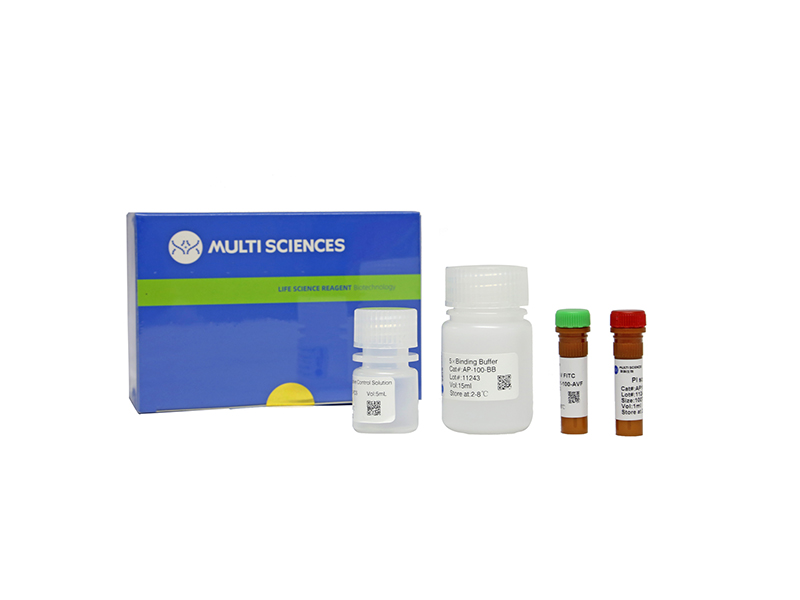Benzo(a)pyrene (BaP), a typical environmental carcinogen, can induce cell death both by protein 53 or tumor protein 53 (p53)-independent and -dependent pathways. However, little is known about the molecular mechanisms of p53-independent pathways in BaP-induced cell death. In this study, cells with different genetic background (including p53-proficient human fetal lung fibroblast cell lines (MRC-5), p53-deficient human non-small-cell lung carcinoma cell lines (H1299), and p53-knockdown cell lines (MRC-5(p53-/-))) were used to establish models of BaP-induced cell death. The results showed that BaP (8, 16, 32, and 64 μM) induced necroptotic cell death in the cell lines. The necroptotic cell death and DNA damage were concurrently observed. In the three cell lines, at 24 h after treatment, BaP (8-64 μM) upregulated expressions of BAX, BCL-2, and cleaved caspase-3 proteins, but not their messenger RNA levels. The findings suggested that BaP-induced necroptosis was modulated by the p53-independent pathway, which was related to the induction of BAX, decreased expression of BCL-2, and activation of caspase-3.
文章引用产品
-
-
- AP101
- 凋亡试剂盒
Annexin V-FITC/PI Apoptosis Kit(适用于除C6以外的流式细胞仪)
-
¥630.00 – ¥1,280.00
-
- AP101
- 凋亡试剂盒
Annexin V-FITC/PI Apoptosis Kit(适用于除C6以外的流式细胞仪)
- ¥630.00 – ¥1,280.00



